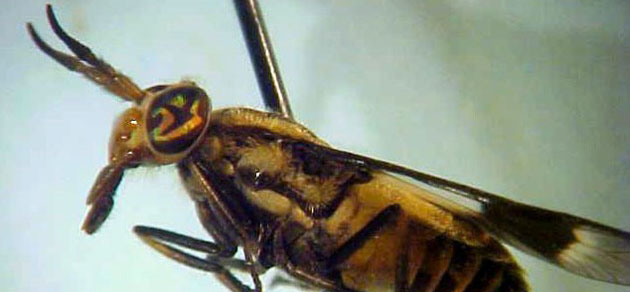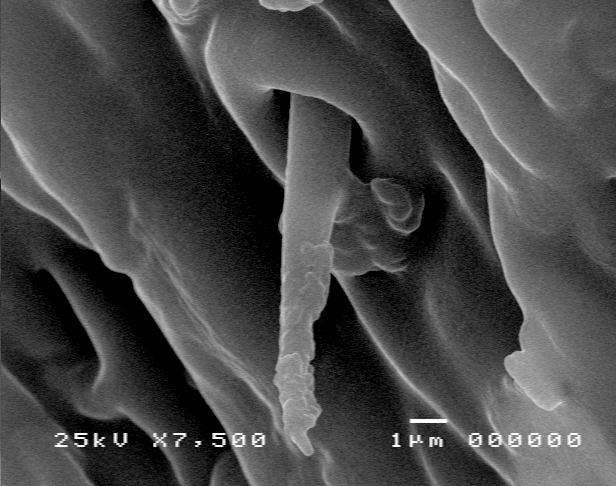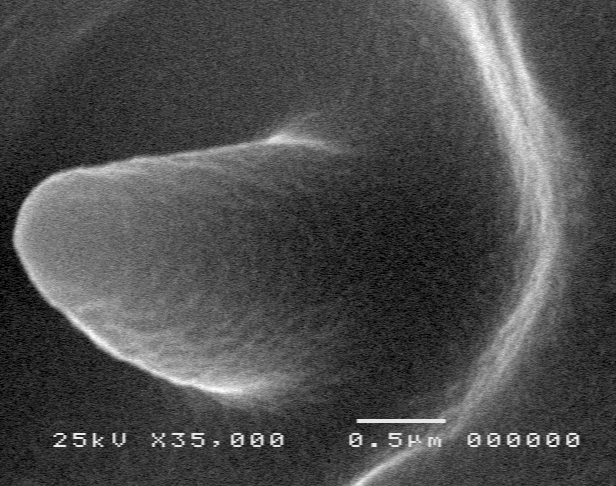Current Projects:
Chrysops nigribimbo:

This study seeks to charecterize the morphology of sensilla within the labrum of the deer fly.
Learn MoreTabanus atratus:
This study seeks to charecterize the morphology of sensilla within the labrum of the horse fly. Click here to learn more.
Learn MoreAedes Vexans:
This study seeks to charecterize the morphology of sensilla within the cibarium of the mosquito. Click here to learn more.
Learn More


